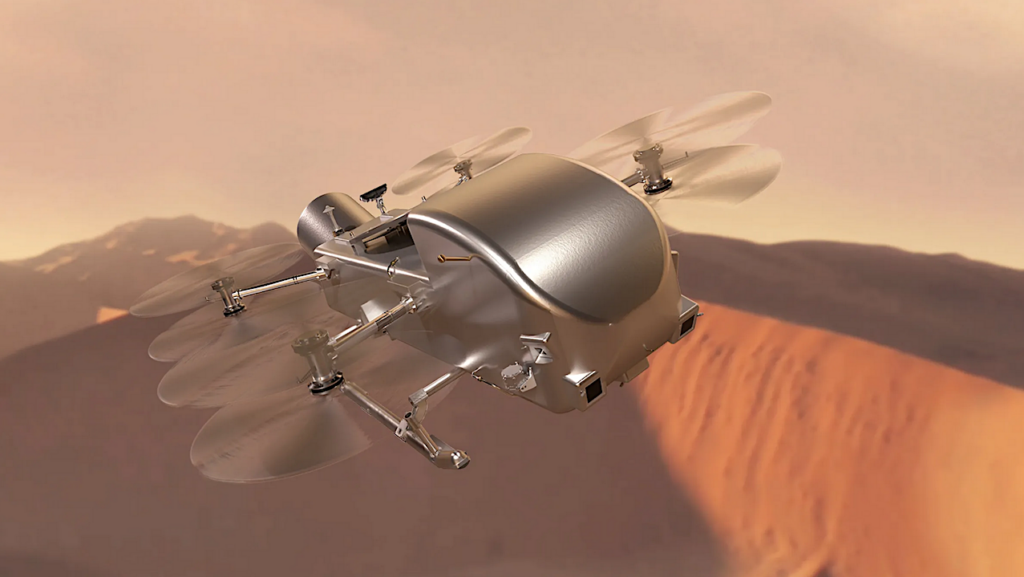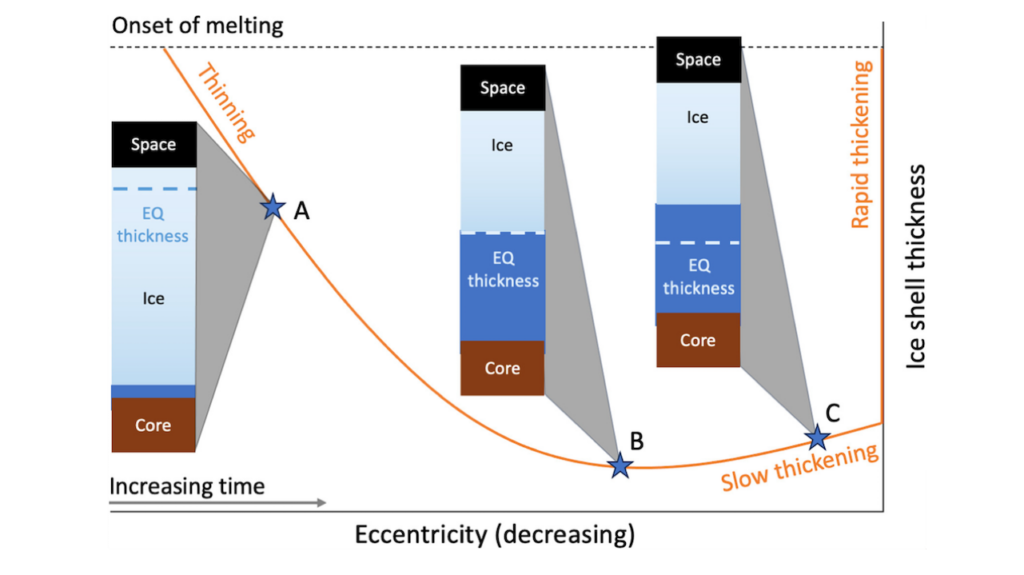The Metal-Silicate Partitioning Of Carbon During Earth's Accretion And Its Distribution In The Early Solar System

Carbon is an essential element for the existence and evolution of life on Earth.
Its abundance in Earth’s crust and mantle (the Bulk Silicate Earth, BSE) is surprisingly high given that carbon is strongly siderophile (metal-loving) at low pressures and temperatures, and hence should have segregated almost completely into Earth’s core during accretion.
Estimates of the concentration of carbon in the BSE lie in the range 100-260 ppm and are much higher than expected based on simple models of core-mantle differentiation. Here we show through experiments at the putative conditions of Earth’s core formation (49-71 GPa and 3600-4000 K) that carbon is significantly less siderophile at these conditions than at the low pressures (≤13 GPa) and temperatures (≤2500 K) of previous large volume press studies, but at least an order of magnitude more siderophile than proposed recently based on an experimental approach that is similar to ours. Using our new data along with previously published results, we derive a new parameterization of the pressure-temperature dependence of the metal-silicate partitioning of carbon.
We apply this parameterization in a model that combines planet formation and core-mantle differentiation that is based on astrophysical N-body accretion simulations. Because differentiated planetesimals were almost completely depleted in carbon due to sublimation at high temperatures, almost all carbon in the BSE was added by the accretion of fully-oxidized carbonaceous chondrite material from the outer solar system. Carbon is added to the mantle continuously throughout accretion and its concentration reaches values within the BSE range (e.g. 140±40 ppm) at the end of accretion. The corresponding final core and bulk Earth carbon concentrations are 1270±300 ppm and 495±125 ppm respectively.
I. Blanchard, D. C. Rubie, E. S. Jennings, I. A. Franchi, X. Zhao, S. Petitgirard, N. Miyajima, S. A. Jacobson, A. Morbidelli
Comments: Supplementary material included in pdf
Subjects: Earth and Planetary Astrophysics (astro-ph.EP); Geophysics (physics.geo-ph)
Journal reference: Blanchard et al. Earth and Planetary Science Letters. 580, 117374 (2022)
DOI: 10.1016/j.epsl.2022.117374
Cite as: arXiv:2202.06809 [astro-ph.EP] (or arXiv:2202.06809v1 [astro-ph.EP] for this version)
Submission history
From: Seth Jacobson
[v1] Mon, 14 Feb 2022 15:52:18 UTC (2,866 KB)
https://arxiv.org/abs/2202.06809
Astrobiology,








